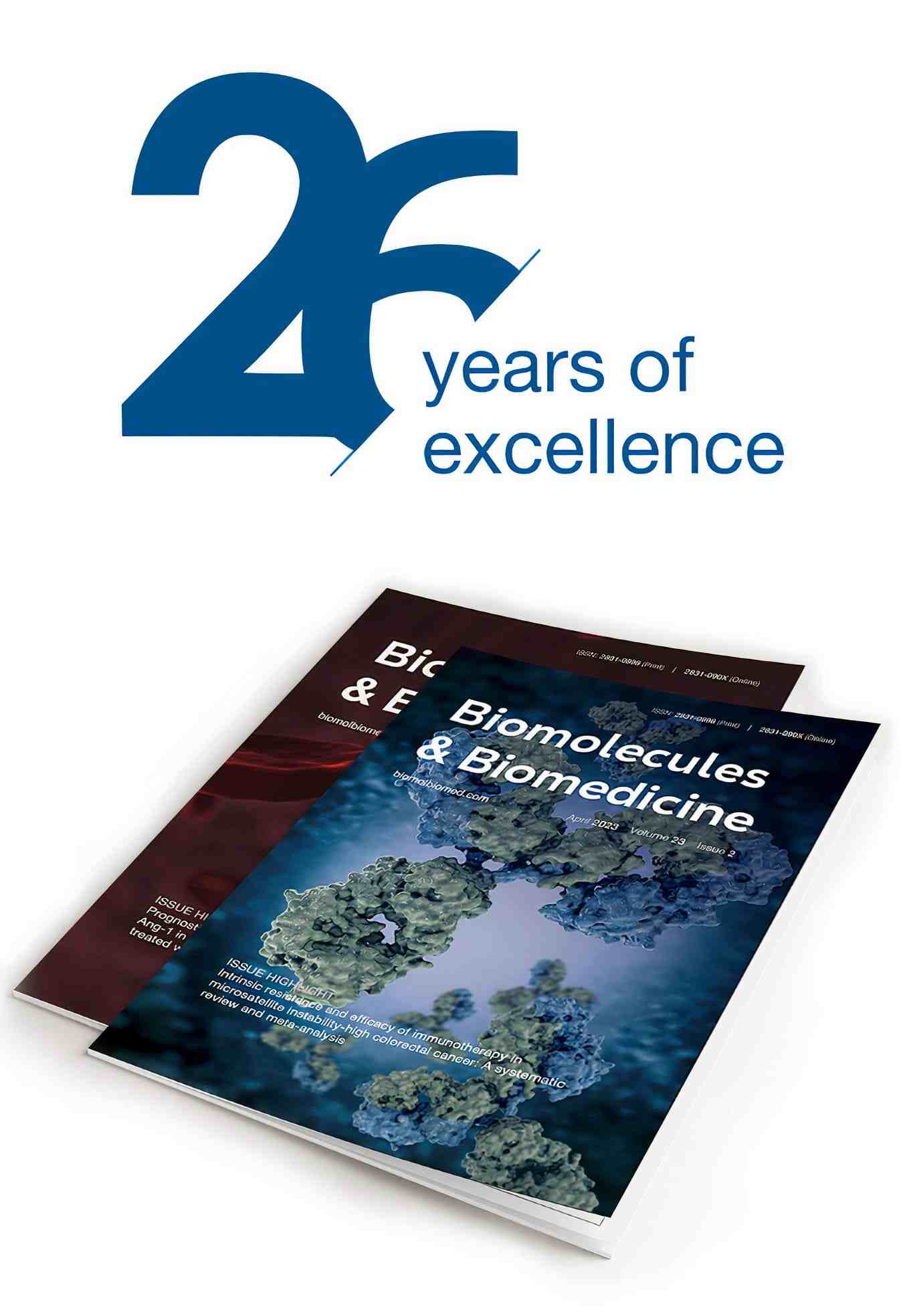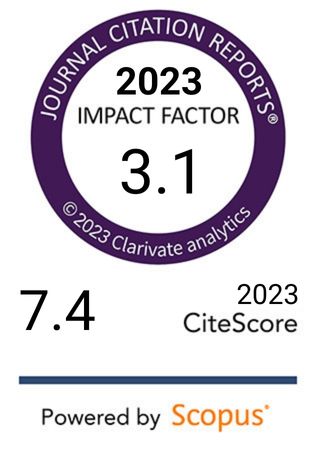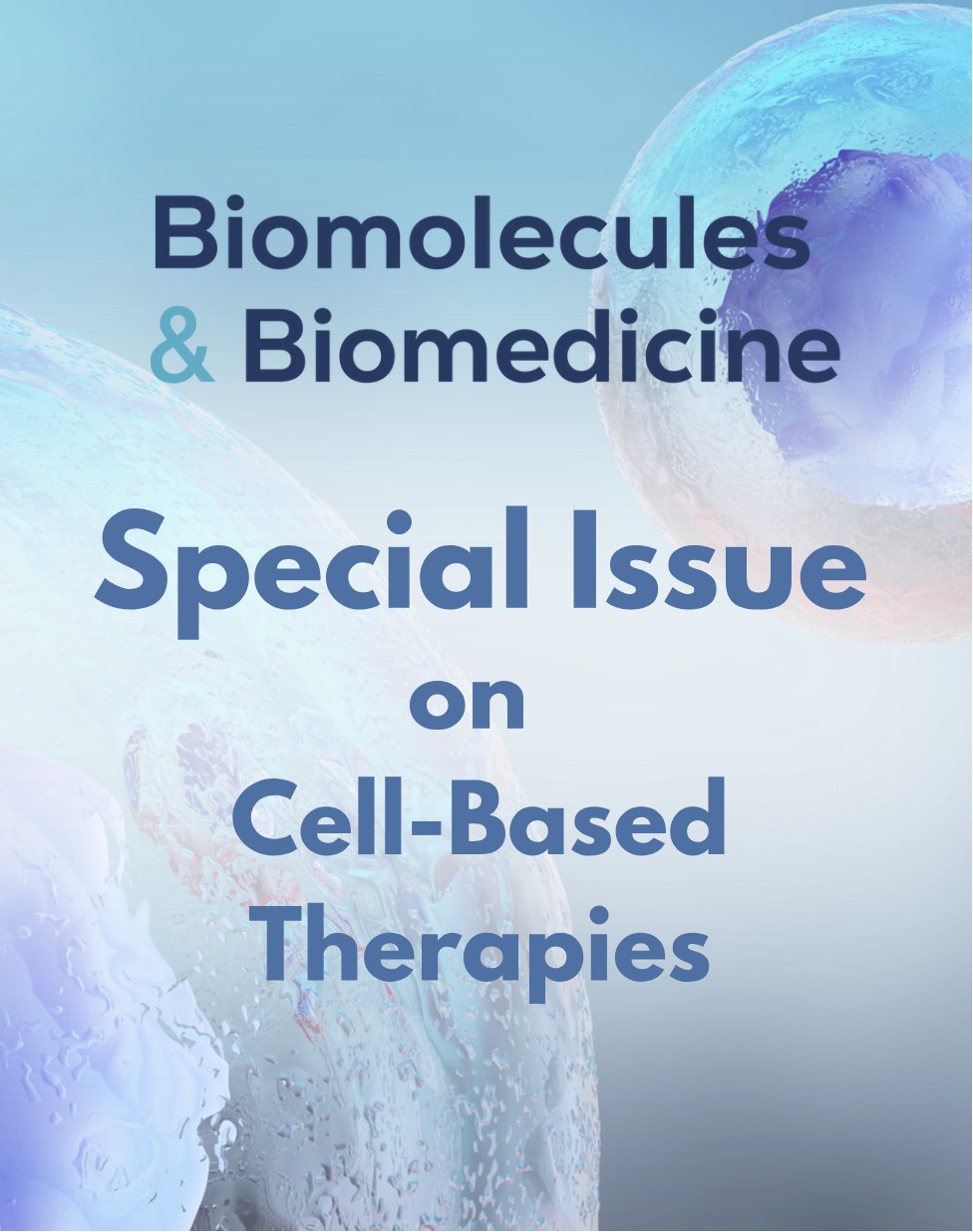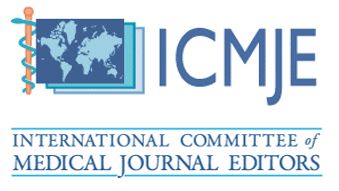Predictors of implant failure: A comprehensive analysis of risk factors in oral implant restoration for patients with partial defects of dentition
DOI:
https://doi.org/10.17305/bb.2024.11668Keywords:
Dentition defect, oral implant restoration, implant failure events, influencing factorsAbstract
Implant failure remains a significant challenge in oral implantology, necessitating a deeper understanding of its risk factors to improve treatment outcomes. This study aimed to enhance the clinical outcomes of oral implant restoration by investigating the factors contributing to implant failure in patients with partial dentition defects within two years of treatment. Additionally, the study sought to develop an early risk prediction model for implant failure. A retrospective analysis was conducted on 300 patients with partial dentition defects, dividing them into two groups: a failed implant group and a successful implant group, based on the occurrence of implant failure within two years. General clinical data and condition-specific clinical information were compared between the groups. Multivariate binary logistic regression analysis was used to identify influencing factors, while the predictive effectiveness of the model was assessed using a receiver operating characteristic (ROC) curve. The analysis revealed that factors, such as gender, post-implant smoking, oral hygiene status at the second-year follow-up, tooth position, number of implants, timing of loading, width of keratinized mucosa, and bone quantity significantly influenced the likelihood of implant failure (P < 0.05). Among these, post-implant smoking and tooth position were identified as independent risk factors. The area under the curve (AUC) for tooth position was 0.695, indicating low predictive performance. Although tooth position was determined to be an independent risk factor for implant failure within two years, its predictive performance was limited.
Citations
Downloads
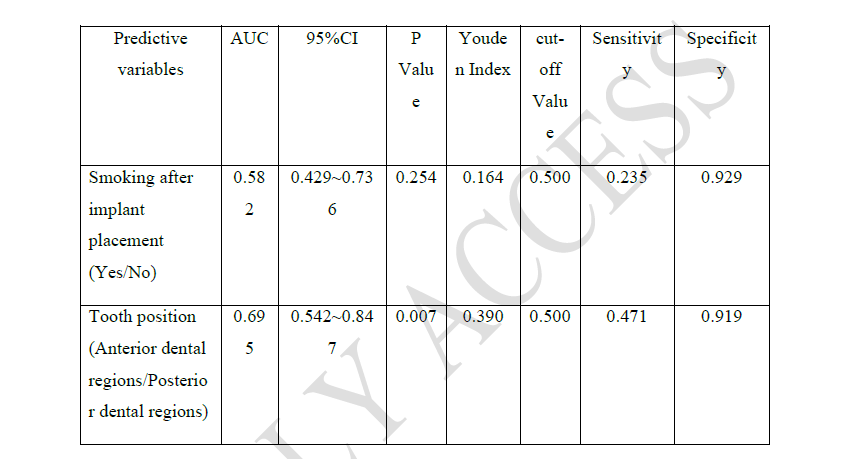
Downloads
Published
Issue
Section
License
Copyright (c) 2025 Dake Linghu, Danna Zhang, Min Liu

This work is licensed under a Creative Commons Attribution 4.0 International License.
